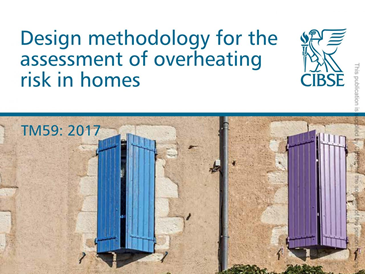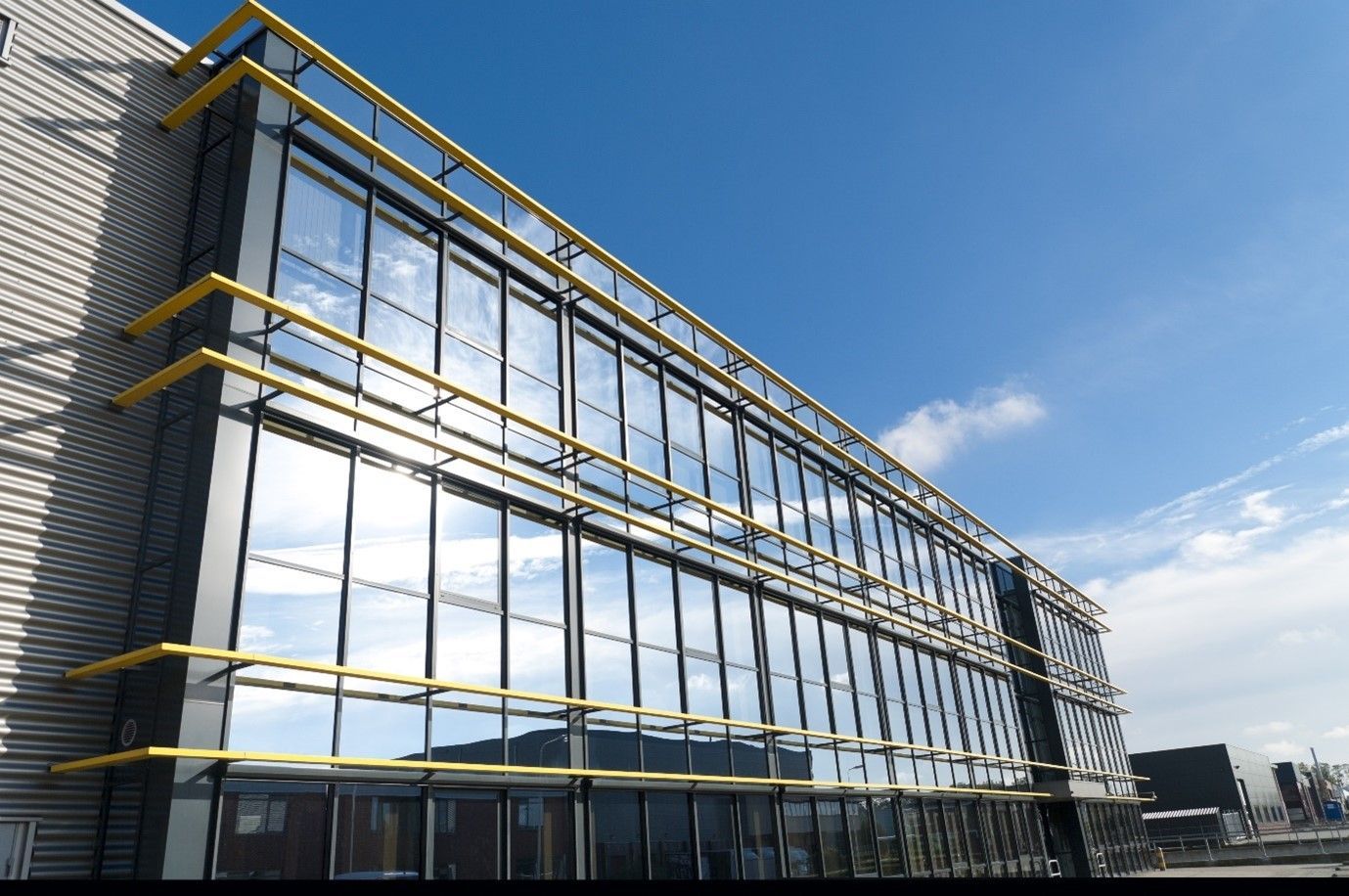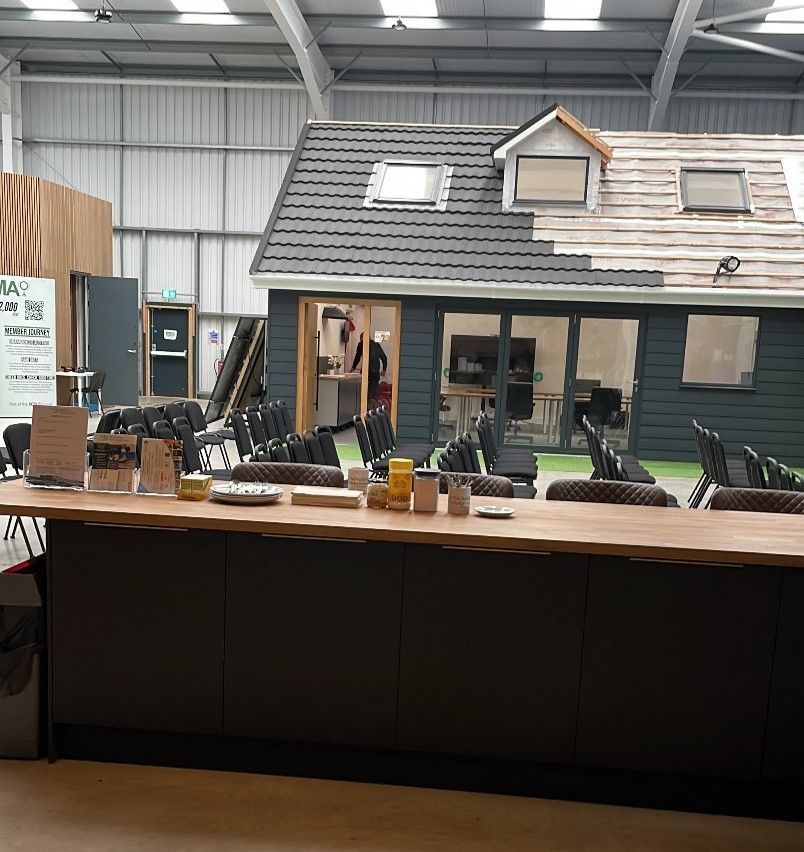Noise, Ventilation and Overheating in Domestic Properties
Takumi Sloan • September 7, 2021
Noise, Ventilation and Overheating in Domestic Properties

Approved Document Part F
of the building regulations is a well-established standard for the requirement of ventilation and how to measure its effectiveness, also improvements made in building air tightness and the standards of insulation have resulted in a more energy efficient home.
Consequently, the risk of overheating
in buildings with poorly designed ventilation, target air tightness and insulative properties has increased.
Noise can affect what ventilation methods are used to maintain both suitable air quality and comfortable temperature, which can lead to either misuse of ventilation or dealing with greater noise levels.
Homes can be passively ventilated, simply by opening a window to equalise indoor and outdoor temperatures, or, mechanically ventilated, such as with MVHR systems or decentralised extract systems.
During periods of hot weather, it maybe undesirable to open a window for an occupant living in a busy city area for instance, allowing external noise into their dwelling, conversely, all mechanical ventilation produces some noise and is often disabled by the occupant due to their intrusive nature.
So, in either case, the occupant either must put up with greater noise, or poor ventilation.
There are no set limits for noise generated by mechanical ventilation systems as they are considered occasional noise sources, but BS8233 defines the upper limits for indoor ambient noise levels resulting from external noise sources. To assess the overheating risk of a domestic dwelling, TM59 is used which includes what ventilation systems are available, or in use, including open windows.
To satisfy both requirements whilst limiting noise exposure to the occupant, practical and possible methods must be implemented such as acoustically isolating passive ventilation panels, external window noise diffusion panels or mechanical ventilation which is of entirely non-intrusive nature.
Allowing the occupant control over their ventilation and access to the “Fresh” air outdoors means providing solutions which prevent overheating, allow for the purging of polluted air from inside the dwelling and prevent noise passing through into the dwelling.
Ashby Energy Assessors Blog and News

Biodiversity Net Gain (BNG) is an approach designed to leave the natural environment in a better state than before. It requires developers to assess the impact of their projects on local ecosystems and take active steps to ensure that the biodiversity is not only preserved but enhanced. As environmental concerns have gained more attention, BNG has emerged as a vital framework for mitigating the negative effects of development on nature, offering a systematic way to restore and improve ecosystems. This is particularly important in the local context, where urbanization and development often place heavy pressure on biodiversity.

Energy efficiency requirements for new homes and non-domestic buildings are set by Part L (Conservation of Fuel and Power) and Part 6 of the Building Regulations 2010 (“the Building Regulations”). The consultation paves the way for achieving the Future Homes Standard and Future Buildings Standard. It explores technical proposals for changes to the Building Regulations, the associated Approved Document guidance and calculation methods.


